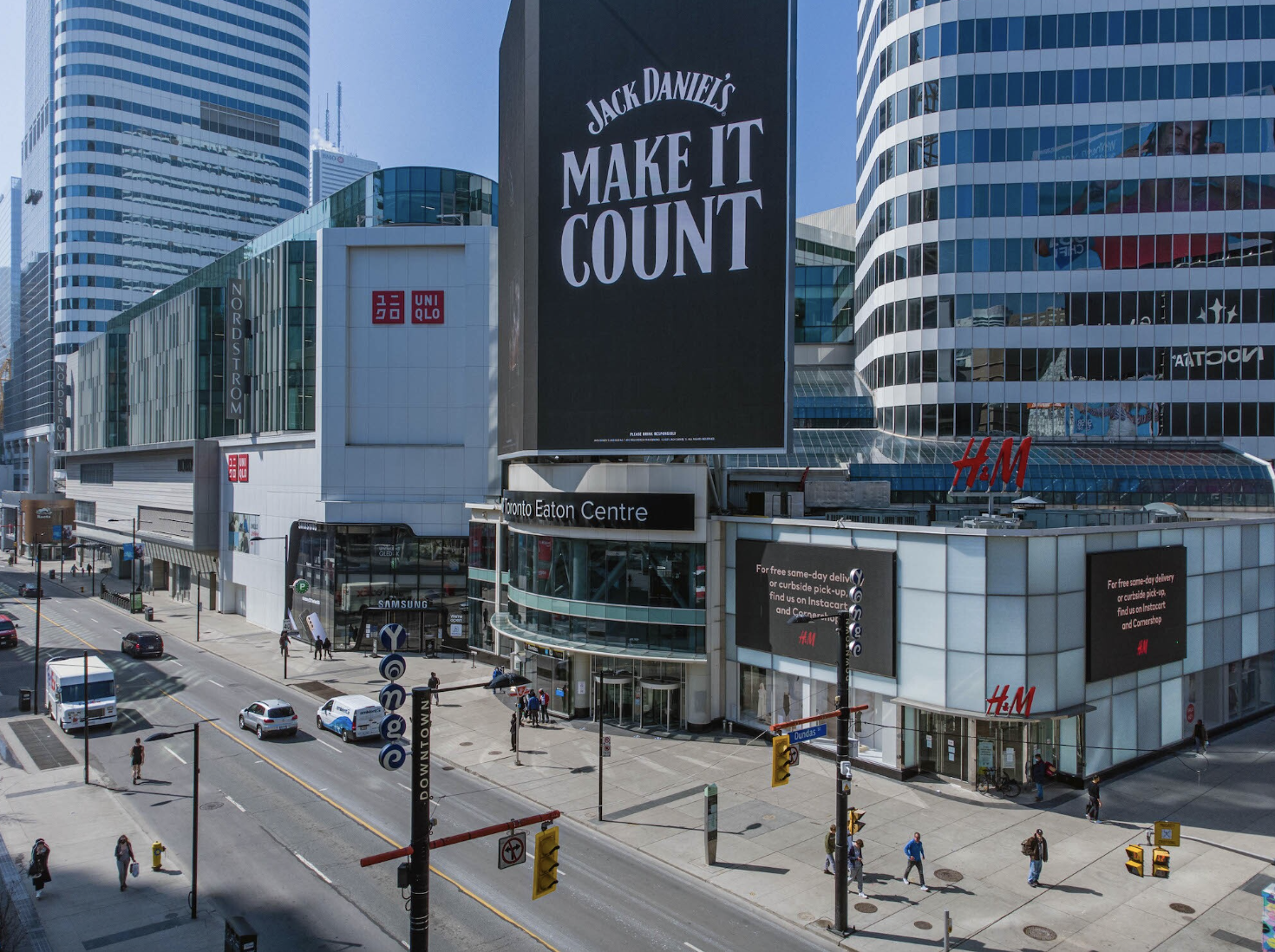
Entertainment Tenants Don’t Bring Foot Traffic to Other Retailers in a Mall, Owner Says
Experiential real estate is a buzzword for getting shoppers to visit malls, but an executive for a major North American retail landlord said those types of tenants that offer customers something to do are not necessarily his company’s first choice.
Darryl Schmidt, vice president of national leasing at Cadillac Fairview Corp., the owner of 35 million square feet of retail space in Canada, said the trend toward entertainment to drive foot traffic to malls across his country and the United States following the pandemic has drawbacks.
“There is no question you are seeing more entertainment uses, but the cold, hard reality is they don’t want to pay a lot of rent,” said Schmidt in discussing on the evolution of retail at ICSC Canada in Toronto. “Selfishly, for Cadillac Fairview, our highest and best use is a much more traditional fashion-oriented store or a general-purpose store. That’s at the top of our pecking order.”
He said the real estate company, controlled by the Ontario Teachers’ Pension Plan Board, is monitoring Europe and the United States for what happens next with the trend toward experiential and entertainment tenants in retail spaces.
Everything from pop-up stores to immersive buying experiences to superhero exhibits are becoming part of the mall landscape that some call “retailtainment.”
“Large entertainment-type uses attract a lot of foot [traffic] but not a lot of cross synergies with the rest of the retail brands,” said Schmidt.
The Cadillac Fairview executive said the number of troubled companies in its portfolio is at a 15-year-low, so the real estate company is not in a position where it needs to look for leases to replace failing tenants.
But new tenants are looking for locations and bucking the trend of the past two decades that saw Canada mostly as fertile ground for expanding U.S. retailers.
“It really is a global marketplace. We try to source new leads globally,” he said. “If you look at a triple-A enclosed shopping [mall], whether in London, Los Angeles or Toronto, there is a homogeneity to the mix. Maybe 50% of the brands are global.”
The consensus among the retailers and landlords in one panel discussion was that brick-and-mortar stores are coming back as strong as ever, but the omnichannel nature of shopping that includes e-commerce is here to stay.
David Bianchi, vice president of real estate development with Canadian Tire, one of the country’s largest retailers with 500 locations, said he believes customers still need an in-person experience. However, he noted the Toronto-based company, which sells everything from automotive goods and tools to everyday items like coffee, expanded its online presence during the pandemic.
“Our largest competition right now is the online business. The Amazons. It used to be Walmart. But Canadian Tire is different. We still believe in bricks and mortar; the future is our stores,” said Bianchi, noting customer pickup is part of the company’s plan. “We know Canadian Tire customers prefer to be in-store. They use digital assistance but want to touch BBQs and sit on patio sets, and we don’t see that changing.”
Shawn Fujiki, regional director of real estate at Walmart, said the chain still plans to expand in Canada, including its retail presence as the chain continues to expand online sales.
“Physical retail is not dead. Right now, it’s about trying to make sure we can develop a successful formula for physical retail. We believe in our bricks and mortar,” said Fujiki. “The omni offering is an important part of investment. Any successful retailer is going to have the right mix.”
Oliver Harrison, senior vice president of leasing and tenant experience at RioCan, noted his real estate investment trust’s portfolio of retail properties is 98% leased. Demand is so strong that all 13 Bed, Bath & Beyond locations owned by the REIT in Canada have been leased following the U.S. retailer’s bankruptcy.
But Harrison also agreed the retail marketplace is changing, and for Generation Z, those born between 1996 and 2010, the population grew up in the digital-first world.
“Gen Z is online. It’s mobile. Bricks and mortar still plays a significant role, but it starts with digital-first,” said Harrison.










